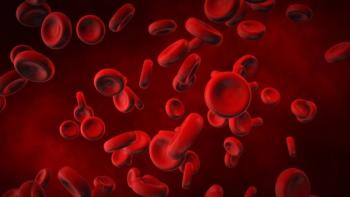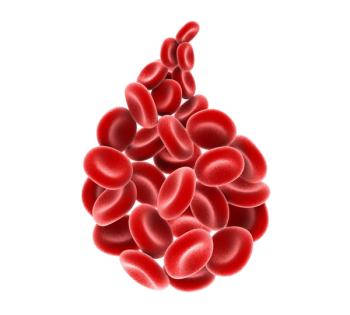
Reid Merryman, MD, on Potential Clinical Designs with MRD-Guidance for Patients with DLBCL
Expert details the potential for a clinical trial using minimal residual disease to guide therapy for patients with DLBCL.
Reid Merryman, MD, of the Dana-Farber Cancer Institute, spoke with CancerNetwork® about the detailed the future potential research building off an oral presentation investigating the prognostic value of circulating tumor DNA among patients with diffuse large B-cell lymphoma (DLBCL) from the 2020 American Society of Hematology (ASH) Annual Meeting & Exposition.
Transcription:
Yeah, I think you can think of different potential clinical trial designs. So, I think, The data that I presented at ASH suggests that there’s this high-risk patient population, but I don’t think we’re quite ready yet to use this in the clinical setting. I think the next step would be a clinical trial that would use MRD [minimal residual disease] to guide therapy for patients with relapsed or refractory DLBCL. So, You can imagine collecting samples for patients after salvage chemotherapy and directing MRD-negative patients to transplant and MRD-positive patients to an alternative treatment, for example CAR [chimeric antigen receptor] T-cell therapy, as part of a clinical trial.
Newsletter
Stay up to date on recent advances in the multidisciplinary approach to cancer.

















































































